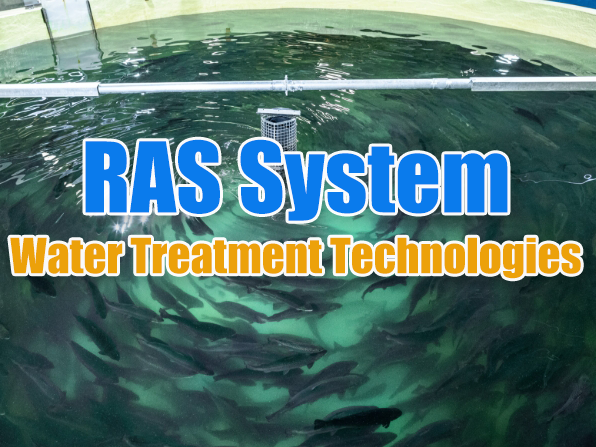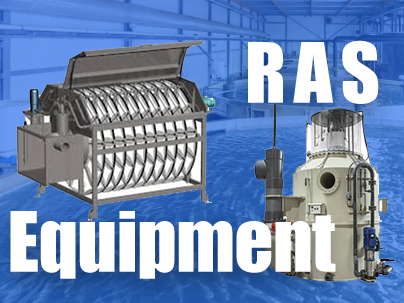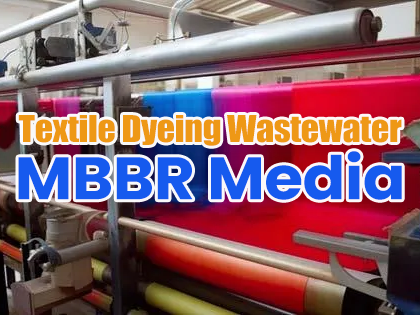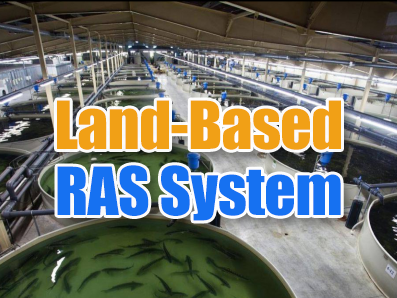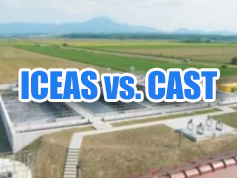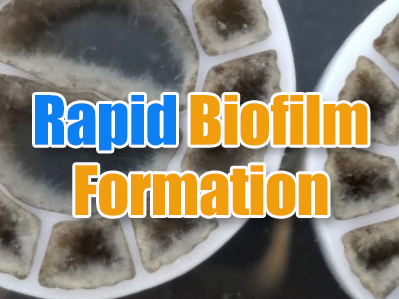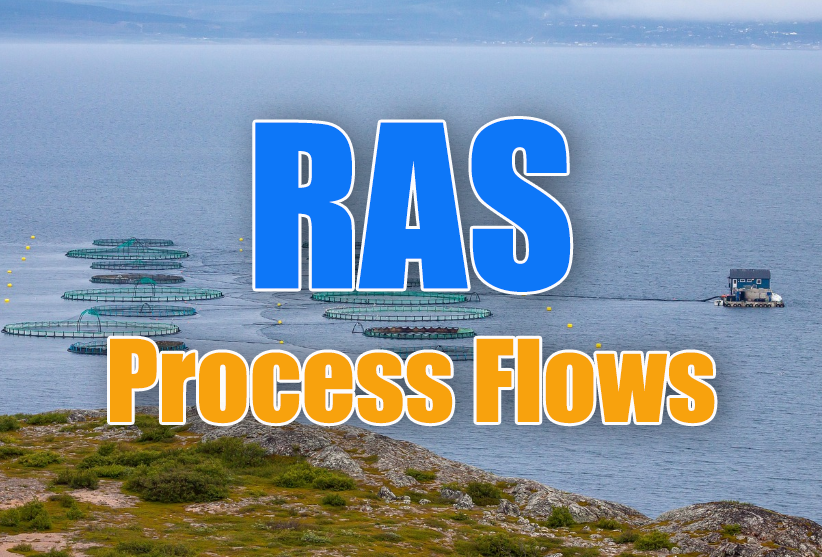 +86 13600513715
+86 13600513715 How to Select the Best Disc Diffuser for Wastewater Treatment Systems

Selecting the right Disc Diffuser is essential for optimizing aeration efficiency, enhancing wastewater treatment, and ensuring cost-effective operation. Disc diffusers play a key role in aeration by introducing fine bubbles that improve oxygen transfer and support biological treatment processes. This guide outlines the critical factors to consider when choosing the ideal disc diffuser for your wastewater treatment needs.
Key Factors to Consider When Choosing the Best Disc Diffuser
1. Oxygen Transfer Efficiency (OTE)
Oxygen transfer efficiency is a crucial factor in selecting a disc diffuser. It measures how effectively the diffuser can transfer oxygen from the air into the water. Higher OTE translates to better aeration, leading to enhanced biological treatment and energy savings. Choose diffusers that have a proven record of high OTE for optimal performance.
2. Bubble Size
The size of bubbles generated by the diffuser significantly impacts oxygen transfer efficiency. Fine bubbles, which have a larger surface area relative to their volume, increase oxygen dissolution in water. Diffusers that produce fine bubbles are generally more efficient and effective. Always verify the bubble size specifications from the manufacturer to ensure they meet your system's needs.
3. Maintenance and Cleaning Requirements
Long-term operational efficiency depends on the ease of maintenance and cleaning. Some disc diffusers are designed to reduce fouling and clogging, minimizing cleaning needs. Look for diffusers that offer self-cleaning features or those that are easy to maintain. Reducing downtime and maintenance costs can greatly enhance operational efficiency.
4. Installation and Compatibility
Ensure that the disc diffuser is compatible with your existing aeration system. Check for appropriate connection types, mounting options, and required accessories. A diffuser that is easy to install and can be integrated with various system configurations saves time and reduces installation costs.
5. Cost and Energy Efficiency
While the initial cost is an important factor, it's vital to assess the long-term operational expenses, including energy consumption and maintenance costs. High-efficiency diffusers may have a higher upfront cost but can deliver significant savings in energy and maintenance over time, making them a more cost-effective choice in the long run.
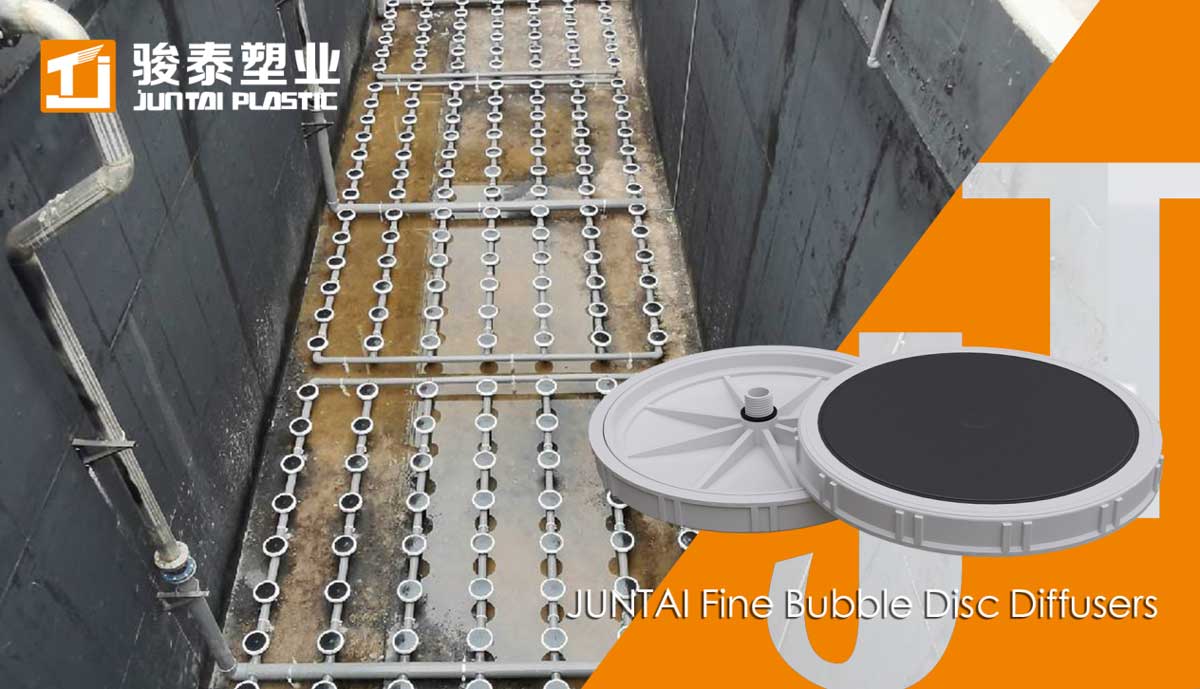
Types of Disc Diffusers: Material and Durability
The material of the diffuser membrane plays a significant role in its longevity and performance. Common materials include:
EPDM (Ethylene Propylene Diene Monomer): Known for its durability and resistance to fouling, EPDM is commonly used in disc diffusers.
Silicone: Offers excellent resistance to both chemical and biological fouling, making it ideal for harsh wastewater environments.
PTFE (Polytetrafluoroethylene) Coated: Provides additional protection against fouling and extends the diffuser's lifespan.
When selecting the material, consider the specific environmental conditions of your wastewater treatment facility to ensure long-term durability and performance.
Steps to Choose the Best Disc Diffuser
1. Assess Your Treatment Requirements
Understand your specific wastewater treatment needs, including wastewater type, flow rates, and expected treatment outcomes. This will help determine the most suitable diffuser for your system.
2. Evaluate Oxygen Transfer Needs
Assess the oxygen transfer requirements for your system. Choose diffusers capable of meeting or exceeding these needs to ensure efficient treatment.
3. Choose the Right Material
Select a diffuser made from materials that can withstand the specific conditions at your treatment facility, ensuring long-term durability.
4. Consider Maintenance and Cleaning Requirements
Opt for diffusers that are easy to maintain and clean to minimize operational disruptions and downtime.
5. Ensure Compatibility and Ease of Installation
Verify that the diffuser can be easily installed and integrated into your existing aeration system without requiring significant modifications.
6. Analyze Cost vs. Long-Term Efficiency
Balance the initial cost with the potential for long-term operational savings. High-efficiency diffusers may cost more upfront but can save money in energy and maintenance over time.
Conclusion
Selecting the right disc diffuser for your wastewater treatment system is a critical decision that directly impacts both the performance and efficiency of your aeration system. By carefully considering factors such as oxygen transfer efficiency, material durability, maintenance requirements, and overall cost-effectiveness, you can choose a diffuser that maximizes treatment performance while minimizing operational costs. Investing in the best disc diffuser ensures better treatment results, lower energy consumption, and a more sustainable wastewater treatment process.




